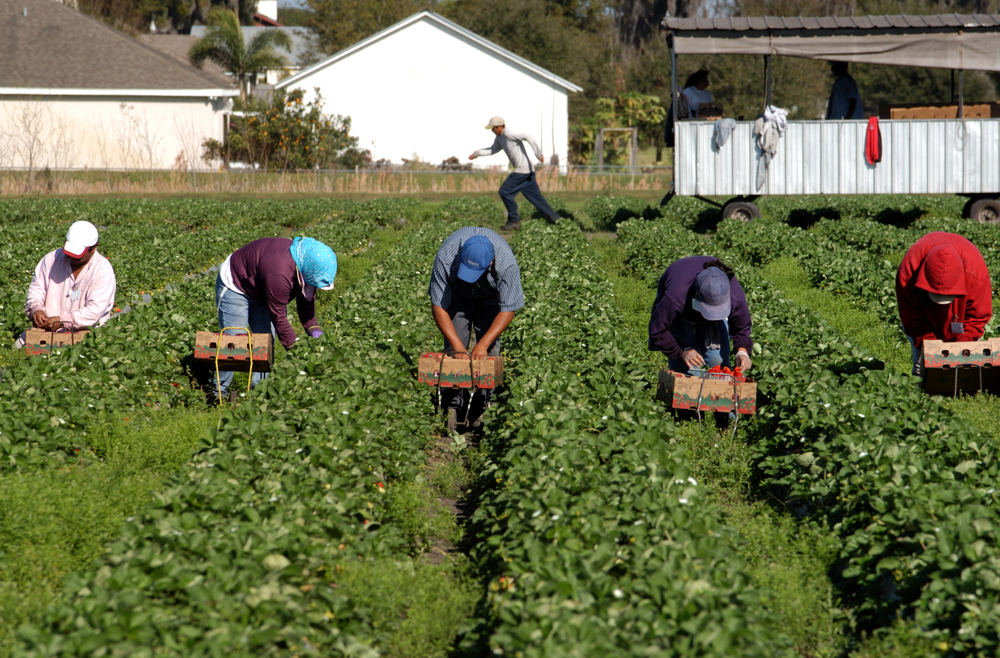
Vegetable and specialty crop producers who utilize the H-2A program will not have to stress over wage increases for the 2021 and 2022 growing seasons. This is incredibly helpful for farmers in Georgia and Florida – avid users of the program – who will navigate a growing season amid rising expense costs, another potential COVID-19 shutdown and trade that is bringing down market prices.
Labor Expenses
Allison Crittendon, Director of Congressional Relations at the American Farm Bureau Federation, said labor expenses are a major portion of the expense budget farmers operate by every year.
This final rule that was released by the Department of Labor on Nov. 2, amends the methodology used to set the Adverse Effect Wage Rate. It was much needed since there were concerns for some time over the quality of the data used and how the old method created variability from year to year.
“Labor expenses vary by the kind of agriculture someone is involved in. In states where labor intensive agriculture is most prevalent, Florida or California, their labor expenditures make up somewhere between 20% to 30% of their operating expenses,” Crittendon said. “To know the increases there are predictable and stable instead of extreme and variable is incredibly helpful to agriculture and to those business owners, those farmers that are trying to figure out how they’re going to navigate another growing season.”
Unpredictability in Previous Wage Rule
The unpredictability of the previous wage rule was a major reason a change was made. Crittendon said in one region, between 2018 and 2019, farmers had a 23% increase in wages in just one year. It’s almost impossible for farmers to plan for an increase of that magnitude.
After two years of frozen wages, the wage increase will be based on percentage change in employment cost index in 2023. It’s a different metric with a more predictable steady growth rate.
Crittendon and her colleagues have looked at the employment cost index over the last decade and it’s ranged from a 1.7% to 2.9% increase in a given year with the 10-year average at 2.24%.
“You’re going from, in some regions really drastic double digit increases in one year to move into a metric that’s starting in 2023; it’ll be a guaranteed increase but it’ll be a predictable steady increase which will allow farms to make other planning decisions and figure out how they want to structure their labor in the coming year,” Crittendon said.
Who’s Covered?
It is estimated that 97% of H-2A workers will be covered for 2021 and 2022. These include graders and sorters of Ag products, Ag equipment operators, farm workers, crop nursery greenhouse farm workers, farm workers of farm ranch and aquacultural animals, agriculture workers and packers and packagers.









